AO Edited
Fugoppe Cave Petroglyphs
One of the only two archaeological sites in Japan to feature petroglyphs, which some believe to be a long-lost writing system of the gods.
Along the coastline not far from the city of Otaru lie two archaeological sites featuring petroglyphs, the only two of their kind in all of Japan. One of them is the Temiya Cave, whose rock carvings seem to depict a number of horned humans, possibly a scene from an ancient shamanistic ritual.
The other, situated in the seaside town of Yoichi, is called the Fugoppe Cave and is known for its esoteric depictions of horned and winged figures among hundreds of similar engravings, including boats, marine animals, and fish.
The archaeological site was discovered in 1950 by a 15-year-old boy visiting the area for its beaches. Learning this, his older brother, a member of the local history club at high high school in Sapporo, brought his teacher and friends and found a number of earthenware vessels. It was not long, however, before a team of professional archaeologists came flocking to the site, unearthing the petroglyphs and “stealing kudos from the boys like vultures.”
The Fugoppe Cave petroglyphs have been attributed to the late Epi-Jōmon culture, which flourished in Hokkaido from the 5th to 7th centuries. Since their discoveries, the petroglyphs of Fugoppe and Temiya have long been interpreted as a lost ancient writing system, a variety of the mythic Jindai script—the runic alphabet of the gods. While a majority of no-nonsense academics scoff at this claim, believing the inscriptions to be a depiction of shamanism, the theory nevertheless persists to this day.
Interestingly, ancient petroglyphs were known in the Fugoppe area even before the 1950 discovery. According to some local records, a cave painting with “ancient inscriptions” was unearthed in 1927 during the construction of a railroad, which led to a heated debate among archaeologists. Unfortunately, prominent scholars of the indigenous Ainu culture back then decided that the petroglyphs were contemporary fakes, unrelated to the Ainu. As a result, the site did not receive proper preservation, left to decay and eventually lost.
Rumors of an “ancient Fugoppe writing” continued, however, and it was because he had heard about it from his brother that the boy went looking for ancient ruins on Yoichi’s beaches, leading to the major discovery.
Since 1972, the Fugoppe Cave has been preserved in a large capsule of reinforced glass that doubles as a museum. Though questions continue to surround them, the petroglyphs are today compared to those found in the Russian Far East, believed to be related to the ancient Okhotsk culture—which was likely introduced to Hokkaido via Sakhalin.
Know Before You Go
Open every day from 9 AM to 4:30 PM except on Mondays. One ticket for an adult visitor costs 300 yen. Photography is strictly forbidden.
The nearest station is Ranshima, about 20 minutes away by foot. To get there, you can take a Hakodate Line train from either Otaru (20 minutes) or Sapporo (75 minutes); note, however, that there’s only one train per hour at most. A few buses also go to Ranshima from Sapporo daily.
If you have some time to spare before or after seeing the cave, also consider seeing the Nishizakiyama Stone Circle archaeological site, a 3,500-year-old burial ground located roughly 15 minutes away, as well as Kingoryu Shrine, the oldest shrine in Japan dedicated to the Dragon God (though most of it is off-limits).
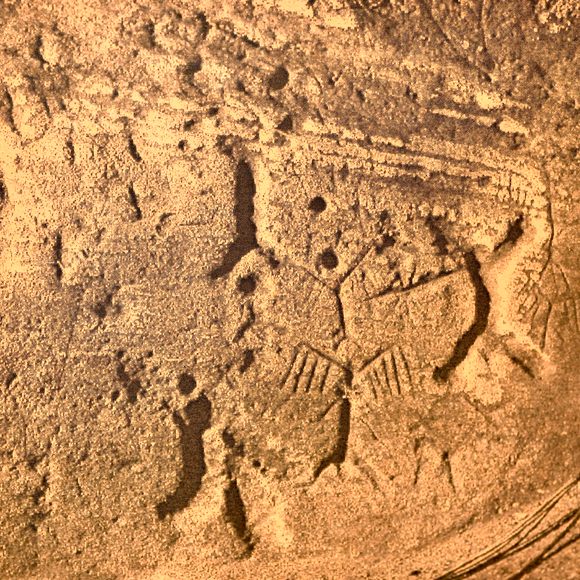

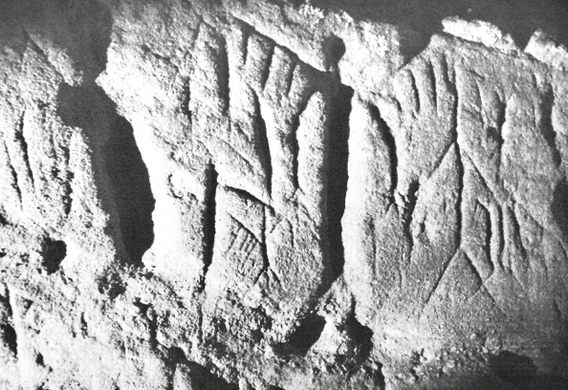
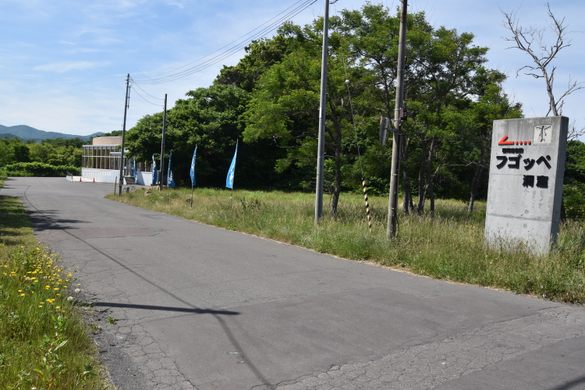



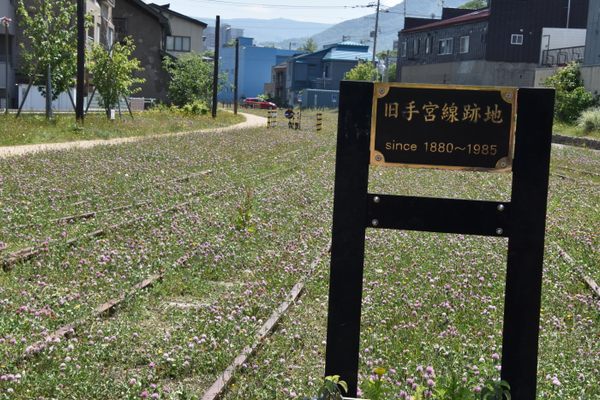
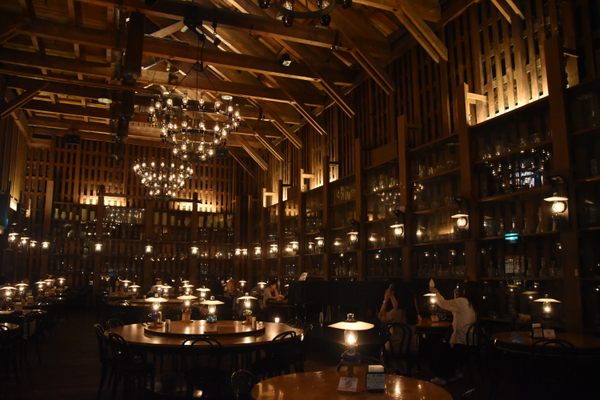
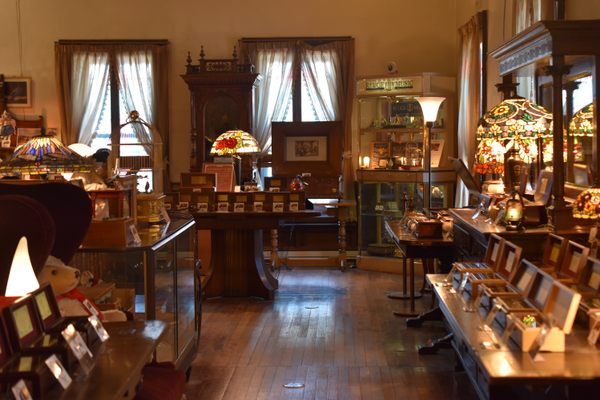
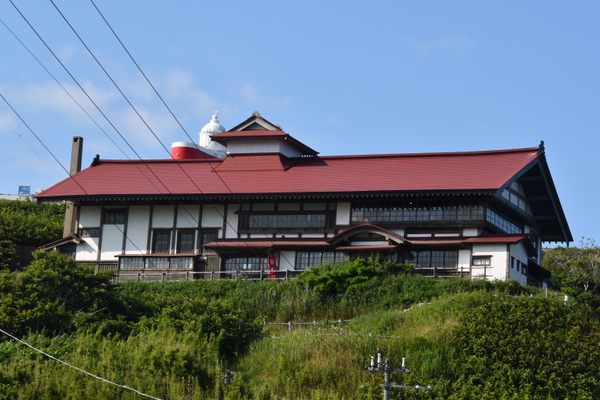


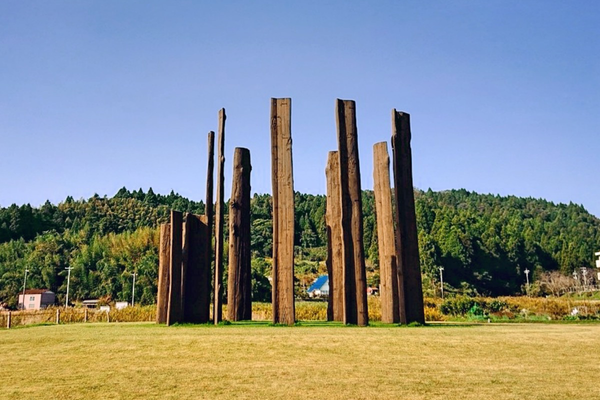
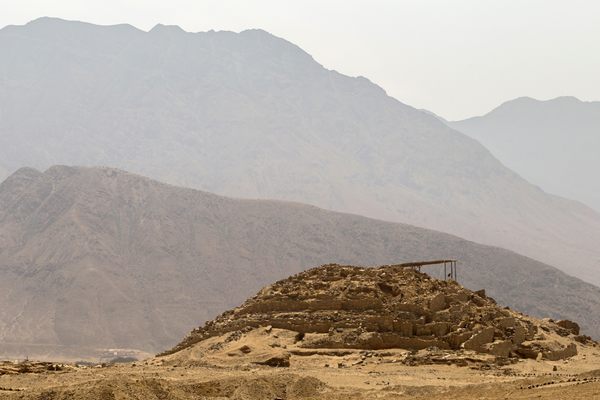

Follow us on Twitter to get the latest on the world's hidden wonders.
Like us on Facebook to get the latest on the world's hidden wonders.
Follow us on Twitter Like us on Facebook